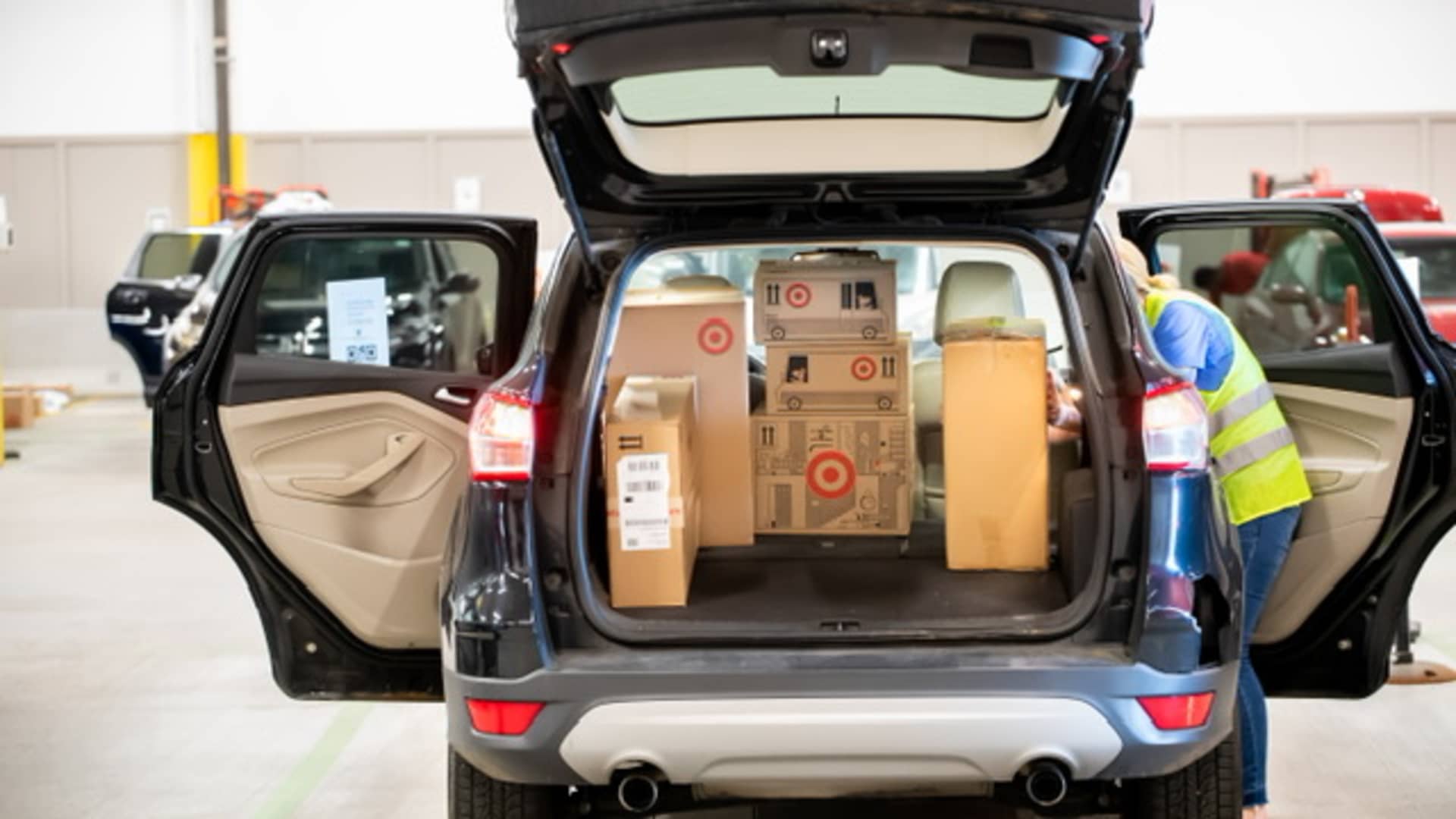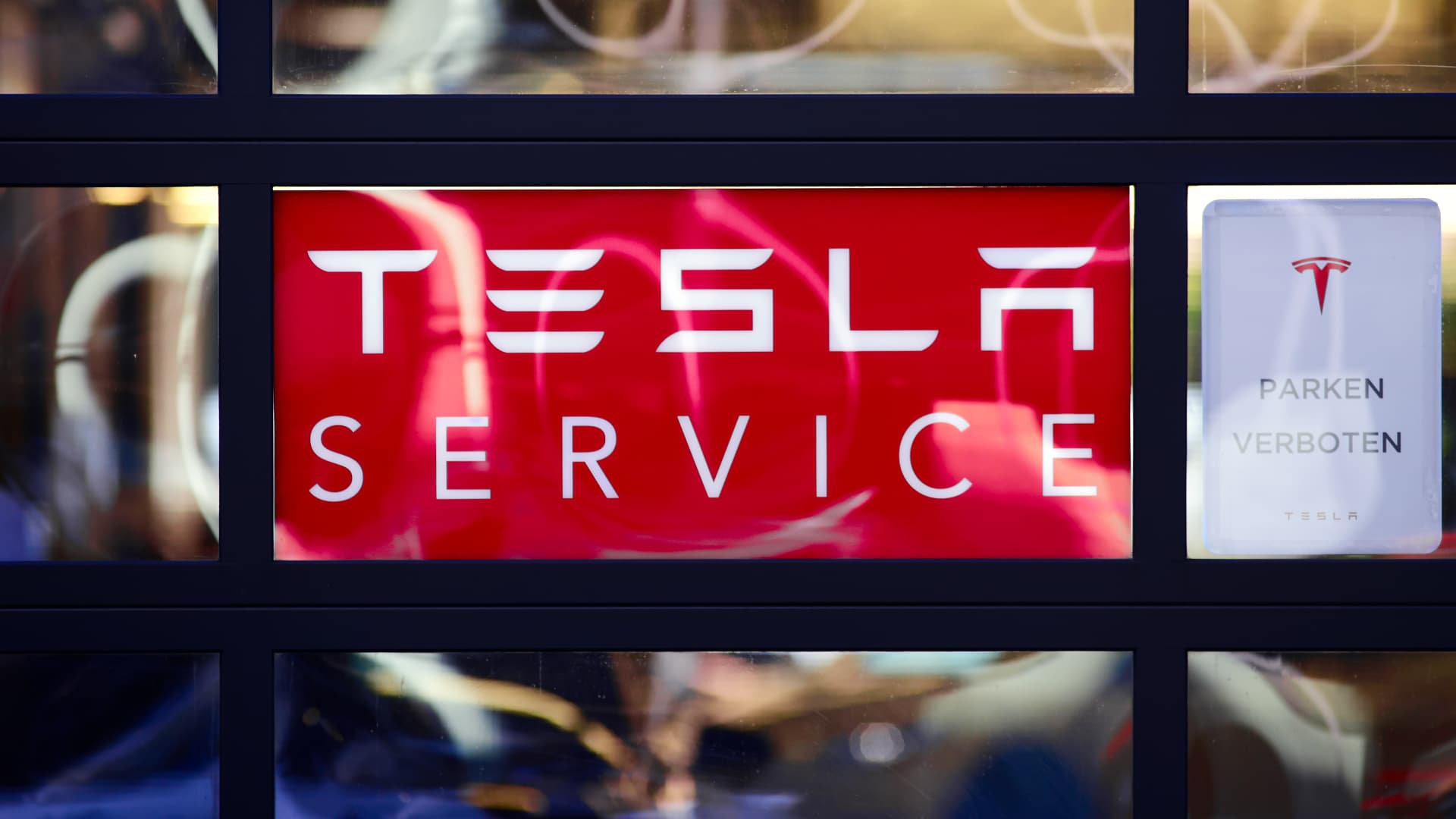
MINNEAPOLIS — Each day, hundreds of drivers park at a delivery hub in Target’s hometown and load up the trunks of their personal cars with packages to deliver to customers.
Soon, the big-box retailer will have similar centers and gig workers in three more places − two in the Greater Chicago area and one near Denver − to get online orders to doors quicker and at a lower cost. The new centers are part of growing push among retailers including Walmart to make e-commerce more profitable as shoppers spend online and expect purchases to get to their doors within a day or even hours.
Since it began testing at the Minneapolis facility in late 2020, Target has added five similar hubs where ready-to-go packages are sorted and grouped together to create dense delivery routes. The three more are slated to open by the end of January.
“Our goal is meet the guest where they are, when they want, how they want,” Chief Operating Officer John Mulligan said in an interview. “And so if they do want us to ship something to their home, we want to make that as efficient as possible.”
E-commerce now drives just shy of 20% of Target’s sales, with more than half of that coming from same-day services like curbside pickup and the rest from shipping to homes. Yet because of labor and transportation costs, those sales are less profitable than when shoppers visit Target stores, grab item off shelves and take them home.
Like other retailers, Target has worked to chip away at the costs of fulfilling online orders — a goal that has taken on new urgency for retailers amid rising fuel prices.
Its delivery hubs, called sortation centers, receive boxed-up online orders from stores twice a day. Packages going to the same town or nearby neighborhoods are batched together to get more of them to customers a day after the order is placed. A growing number of the sorted packages are then delivered by contract workers who drive for Shipt, a delivery start-up Target acquired in 2017. Some also are sorted and delivered by national carrier partners such as FedEx — generally to further-away addresses like another metro area or state.
Over the past five years, Target has turned store backrooms into warehouses where employees pick and pack most orders. It acquired Deliv and Grand Junction, two companies with software that helps determine which store fulfills an online order and designs dense delivery routes. Devices also now help guide some workers to the best paths for retrieving items from store shelves.
Yet with growth came new challenges. Packages began piling up in backrooms and employees had to wait for national carriers to retrieve them each day. Carriers had to make stops across regions. For example, trucks had to collect packages from 43 stores and a fulfillment center in Minneapolis before the sortation center opened — taking more time and labor.
Target’s first sortation center in Minneapolis was built in a former Sears warehouse. Packages from the hub are delivered by more than 2,000 Shipt drivers or carrier partners. The center began delivering 600 packages per day and now has capacity to deliver 50,000 per day.
With its three new hubs, Target will have nine sortation centers — with more expected in future years, Mulligan said. Along with Minneapolis, its hubs are near Atlanta, Philadelphia, Dallas, Austin, Texas, and Houston. In the first quarter, they handled 4.5 million packages.
Mulligan said Target is still trying to pin down how much sortation centers reduce shipping costs. In March, he said Target had already brought down the average per unit digital fulfillment cost by more than 50% over the past three years.
Ultimately, he said the company wants to shorten the distance packages travel by having desired items at stores near the customer.
Target is also piloting a new concept at its Minneapolis location: Some Shipt drivers are using delivery vehicles that can hold up to eight times more packages per route.
Other retailers are also working to make e-commerce more profitable. In addition to building high-tech fulfillment centers, Walmart is using its stores as warehouses and using contract workers to deliver packages. It delivers online purchases for Home Depot, Chico’s and other companies as part of a new business called GoLocal.
Another way Target has reduced delivery costs is by encouraging customers to use Drive Up, a curbside pickup service where shoppers retrieve purchases in the parking lot. That costs the company 90% less to fulfill that if they shipped packages from a warehouse, said Mark Schindele, chief stores officer.
For Target, the move to improve profitability comes at a crucial time. The retailer slashed its forecast for operating margins twice in recent months, as it warned it would have to cancel orders and increase markdowns to get rid of unwanted merchandise it had stocked up on during the Covid pandemic.




